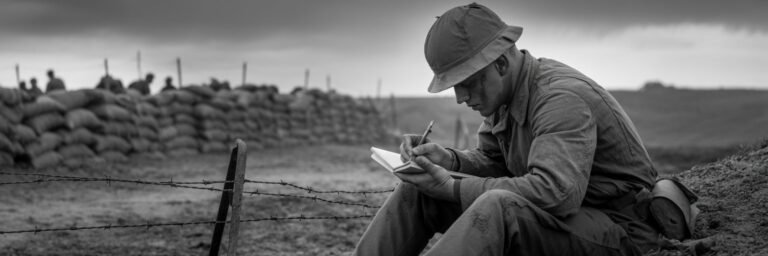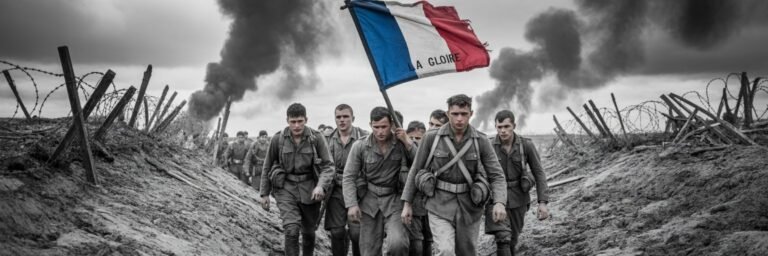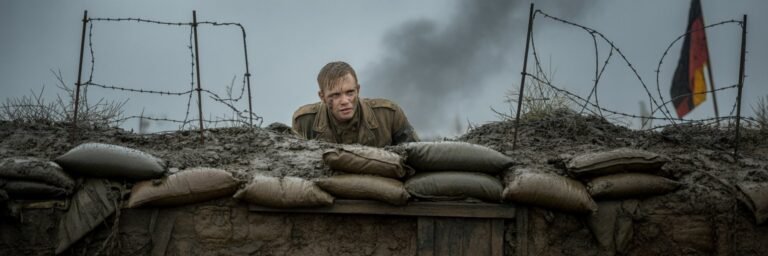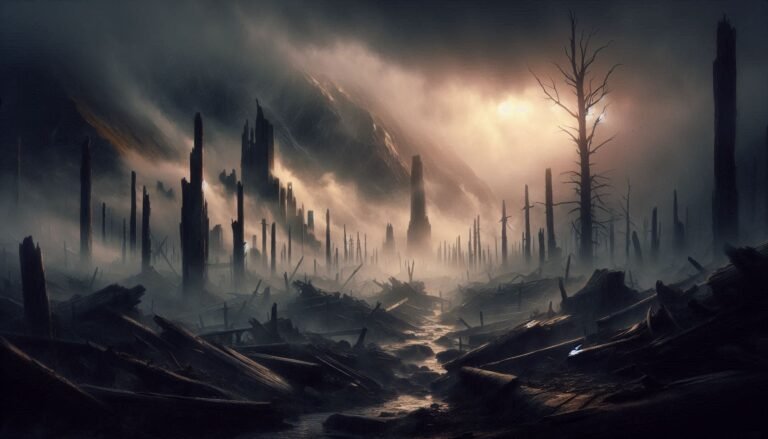INTRODUCTION
Our voyage into the annals of history ushers us into a period one century past—the era of World War I. This colossal clash, symbolizing the cataclysmic potential residing in global disputes of power, still resonates in hearts and texts today. The war or the “Great War,” as it was originally coined, evolved into a gruesome vortex that sucked in nations, cultures, and lives in an unprecedented deluge of fury. This exploration is aimed at shedding light on the reality of the war—the subtle machinations, the blatant claims, and the myriad interpretations.
HISTORICAL BACKGROUND
World War I commenced on July 28, 1914, encapsulating an air of diplomatic failure borne by European powers. A collaboration of bellicose politics, territorial ambitions, and burgeoning industrial might had fostered a tension-filled environment brimming with rivalry and suspicion. The assassination of the Austrian Archduke Franz Ferdinand on June 28, 1914, by Gavrilo Princip, a Serbian nationalist, ignited this powder-keg, careening the world into war.
The combatants gradually crystallized into two primary alliances: the Central Powers—Germany, Austria-Hungary, Ottoman Empire, and Bulgaria—pitted against the Allies—comprising of France, Russia, the United Kingdom, Italy, Japan, and later, the United States. The tense geopolitical climate, contentious colonial expansions, and tangled mesh of treaties underpinned a complex war map. The ensuing melee lasted four grueling years, leaving behind a world indelibly marked and irrevocably changed.
THEORIES AND INTERPRETATIONS
The causes and interpretations of World War I continue to incite debates among historians. Fritz Fischer, a prominent German historian, propagated the ‘Fischer Thesis,’ implicating Germany’s pursuit of hegemony as the primary instigator. However, this interpretation faced staunch opposition from revisionists like John Keegan, who instead admonished the archaic system of alliances and militarism as ingredients of disaster.
Another theory, championed by historians like Niall Ferguson, places equal culpability on Britain. They argue that Britain’s decision to enter the conflict transformed a localized European feud into a devastating global war. This “Pity of War” theory suggests that Britain could have capitalized on being a “Neutral Power” to mediate peace, thus preventing the ensuing carnage.
Alternative interpretations consider economic factors—the quest for resources and markets—as pivotal drivers, especially in inciting colonial rivalries. These theories underscore the larger neo-imperialistic tendencies shaping the shadows of the war.
MYSTERIES AND CONTROVERSIES
Amid the factual accounts, World War I also unfurls layers of enigma and contention. At the onset, the assassination of Archduke Ferdinand remains shrouded in mystery: was Princip acting alone or was he backed by the Serbian secret society, ‘The Black Hand’?
A widely debated controversy revolves around the infamous Zimmermann Telegram, where German foreign secretary Arthur Zimmermann proposed Mexico attack the US to regain lost territories. Although many deem this a decisive factor in America’s entry into the war, some historians question whether it was merely a British subterfuge to orient the US towards active participation.
SYMBOLISM AND CULTURAL SIGNIFICANCE
World War I symbolizes an epoch of colossal transformation. It signaled the advent of modern warfare, driven by technological advancements embodied in destructive innovations like tanks, machine guns, and chemical weapons.
Culturally, the war engendered an era of literary blossoming, with authors like Ernest Hemingway, Siegfried Sassoon, and Wilfred Owen crafting poignant narratives and poems drawn from their wartime experiences. The War’s horrific realities spurred the transition from Romanticism to the grittier Literary Modernism, echoing the collective disillusionment of a generation.
MODERN INVESTIGATIONS
Recent research endeavors have attempted to unearth new dimensions of World War I. Forensic investigations have plunged into retrieving and identifying fallen soldiers from the battlefields of Verdun and Gallipoli, a quest aimed at achieving closure for families still grasping for answers.
In the diplomatic arena, historians have revisited the Treaty of Versailles, questioning whether its punitive measures against Germany inadvertently sowed seeds for World War II’s ensuing violence. Other inquiries delve into the socioeconomic burden the War imposed, particularly the Spanish Influenza pandemic’s role, which was exacerbated by troop movements and wartime privations.
LEGACY AND CONCLUSION
World War I, in all its agony and destruction, has bequeathed a powerful legacy. It reconfigured world politics, redrew national boundaries, and introduced a multitude of technological and strategic war tactics. The emotive resonance of the War nights can still be heard in our poppy-lined Remembrance Days.
In conclusion, our journey through the tides of World War I reveals it as a period of unparalleled upheaval, defined by diplomatic failures, militaristic arms races, and men fighting in trenches. We are reminded once again of humanity’s indomitable spirit and the hope for a world where such horrors remain solely within the realm of history.






